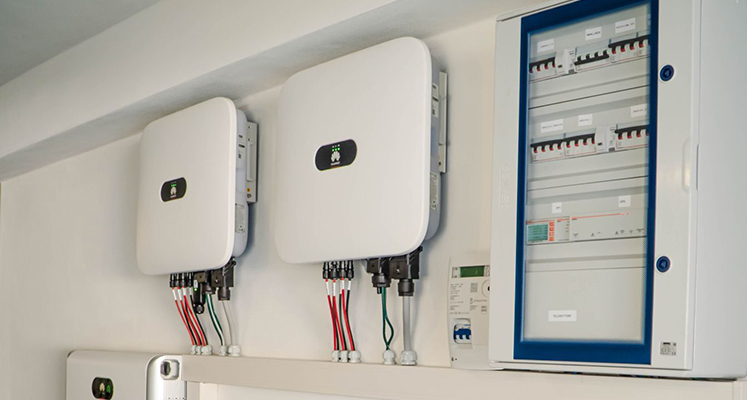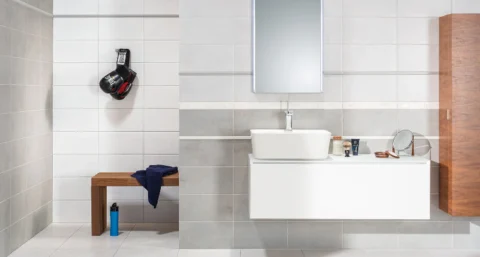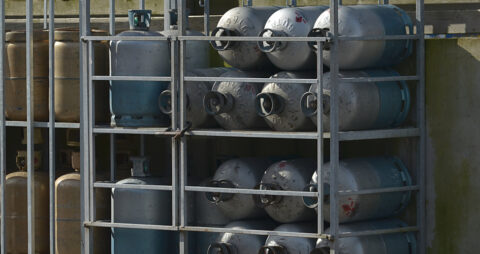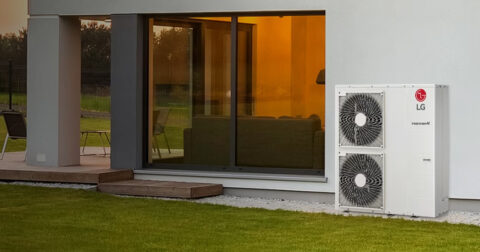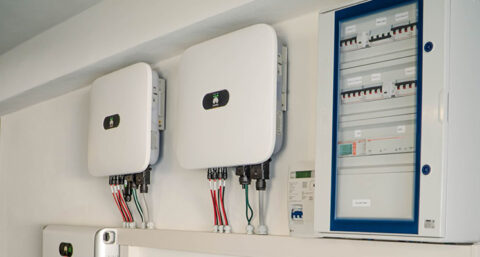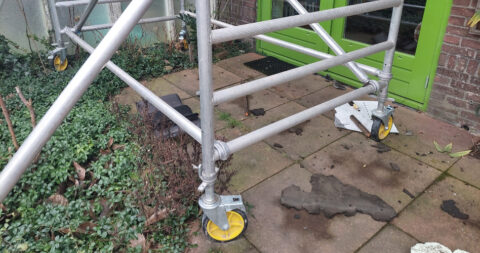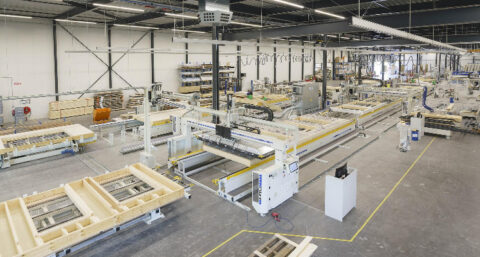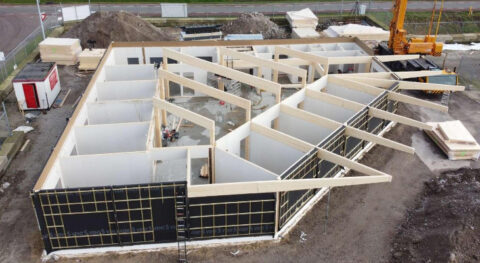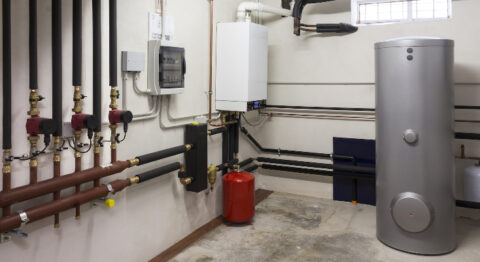With the ever-growing need for energy storage, consumers, business and industry are looking at (home) batteries with increasing interest. Whether it's storing self-generated solar power, or smartly purchasing grid power during off-peak hours. Here are six key battery types you definitely need to know about as an installer.
Lithium-ion
Home batteries that use lithium-ion are nice and compact, light especially compared to other battery types and are therefore widely used. In addition to being quick to charge, they have a high energy density. Thus, they can store more energy in less space than, for example, the lead-acid batteries we will talk about later. Ideal for users, they require virtually no maintenance.
Another advantage is the high depth of discharge, which means that a large part of the stored energy can be used and thus the efficiency is high. Lithium-ion does carry a risk of ignition due to thermal instability, but with correct installation and under normal (usage) conditions, little can go wrong. Lithium-ion batteries last a long time, although complete discharge leads to loss of capacity and thus a shortened lifespan.
Lead Acid
Lead-acid batteries use proven technologies that have been around for a long time. Of interest to users with limited budgets is that these batteries are cheaper than lithium-ion, for example, and that high current ratings are possible. Because the energy density is quite low, these batteries are large and heavy. Thus, sufficient space must be available.
Furthermore, the service life is significantly shorter compared to many other battery types and decreases significantly if lead-acid batteries are discharged too deeply. This depth of discharge is also on the low side, requiring the batteries to be recharged much more frequently, again shortening the life span. Because of the toxic and hazardous substances, the room must be ventilated to prevent the accumulation of harmful gases. Furthermore, regular maintenance of the system is required.
Saltwater
A fairly new and also environmentally friendly way of storing energy -, especially compared to lithium ion and lead acid - is the saltwater battery. Sustainable also because the raw materials can be found locally and are not scarce or come from conflict zones. This battery type also requires little maintenance and this time the depth of discharge is even close to 100 percent. Thus, all the stored capacity can be utilized by the user without any wear and tear or loss of capacity. Therefore, this battery has a particularly long service life, again compared to the other battery types.
In addition to being harmless to the environment, a saltwater battery is not flammable or explosive. Non-hazardous and therefore no additional safety measures are needed or additional installations such as ventilation, air conditioning, or heating. A disadvantage, in turn, is that the energy density is limited, so saltwater batteries again require a lot of space and high weight. Furthermore, these batteries handle peak currents less efficiently, making both charging and discharging relatively slow.
Gel battery
Unlike a lead-acid battery, a gel battery has the lead acid encapsulated in a gel, so to speak. This prevents leaking and gassing, the battery does not necessarily have to be placed upright and can easily be used on boats, for example. This battery type has little self-discharge, can be deeply discharged and lasts a long time. A gel battery is more resistant to both low and high temperatures than a lead battery, for example, and can usually be placed both indoors and outdoors (out of the sun). It does require an appropriate charger. A regular charger will not fully charge this battery type and may deteriorate its performance. Additionally, with a proper charging system you maximize performance and life. Finally, with gel batteries you don't have the flammability and toxic release risks associated with lithium-ion home batteries.
Lithium iron phosphate home battery
This battery type is a variant of the lithium-ion battery we have already encountered. A lithium iron phosphate battery (LiFePO4 or LFP) has a high energy density and can therefore store a lot of energy in a relatively small and lightweight case. It has a long service life, requires little to no maintenance and allows high charging and discharging speeds. In addition, it is a very safe battery type that is much less susceptible to overheating, for example, thanks to its high thermal stability. The batteries are quick to charge, can be fully discharged, perform very well under extreme temperatures, and they do not contain toxic heavy metals such as lead or cadmium, making them more environmentally friendly compared to many other battery types.
Flow battery
A young still-emerging technology is the so-called flow battery, primarily intended for large-scale installations. A flow battery contains two chambers or tanks containing a water-based electrolyte fluid. This liquid is pumped through an electrochemical cell to transfer energy during both charging and discharging. A membrane in this cell allows an exchange of ions while keeping the two fluids strictly separated.
Scaling up storage capacity can be done by using larger storage tanks. Flow batteries are very large, it is an expensive battery type and both the charge and discharge rates are very low. However, the batteries are low maintenance and have a discharge depth of one hundred percent, without affecting their already very long life. Much research and development is still taking place in the field of flow batteries. Such as the search for raw materials that are not scarce, do not come from conflict zones and are environmentally friendly.
Check out this article and more on Construction and Installation Hub

